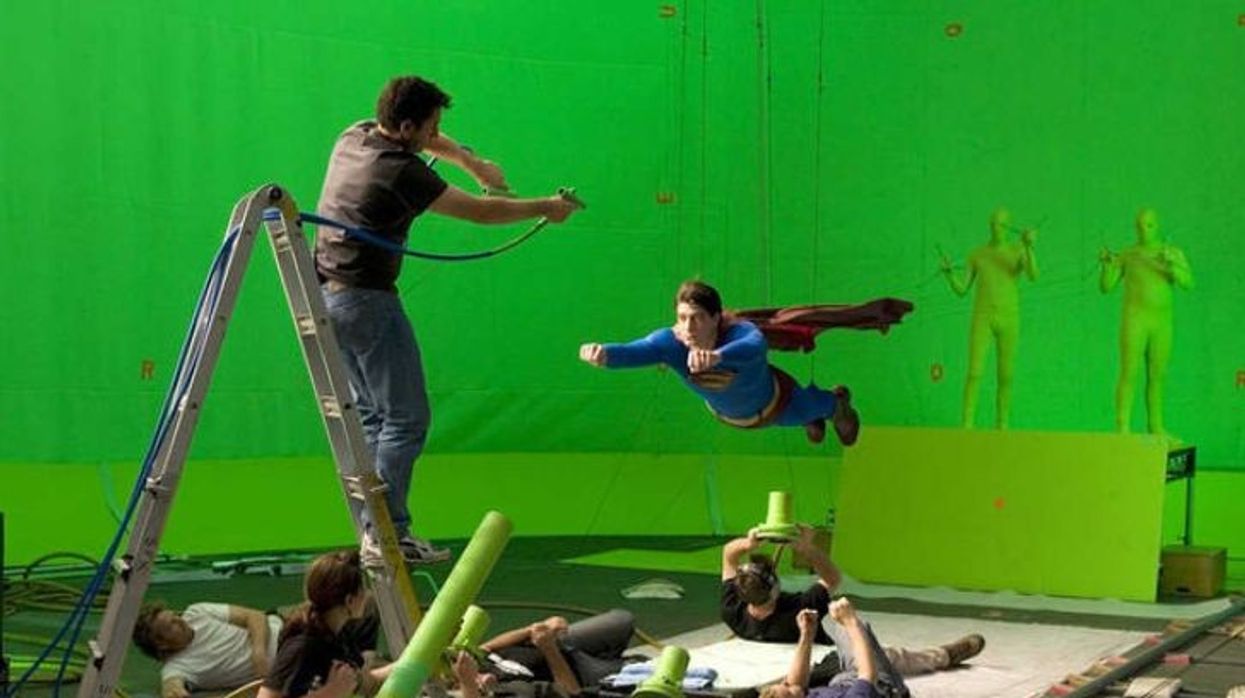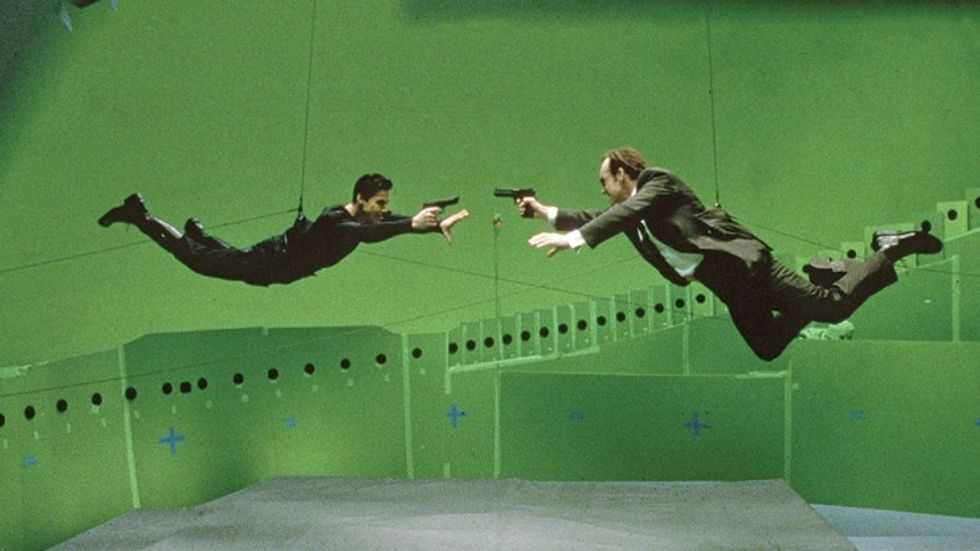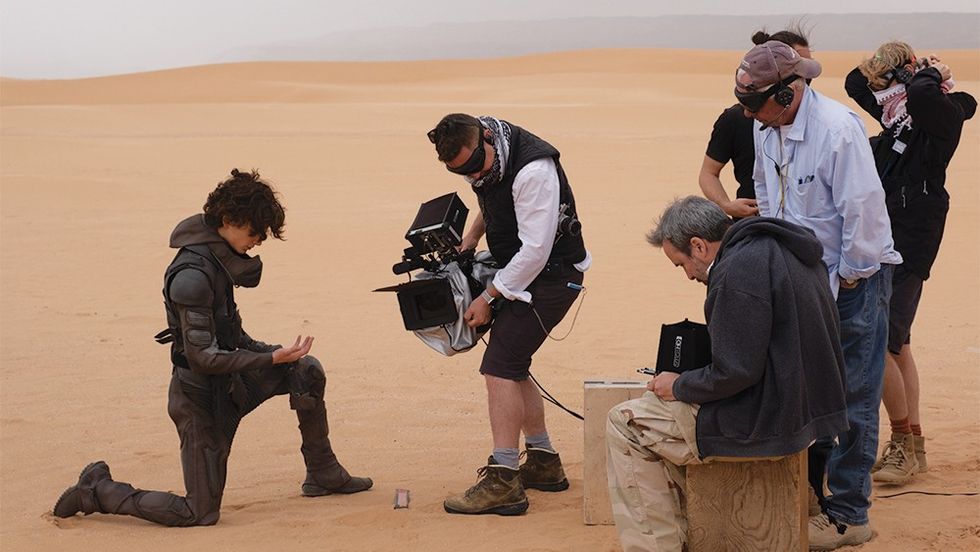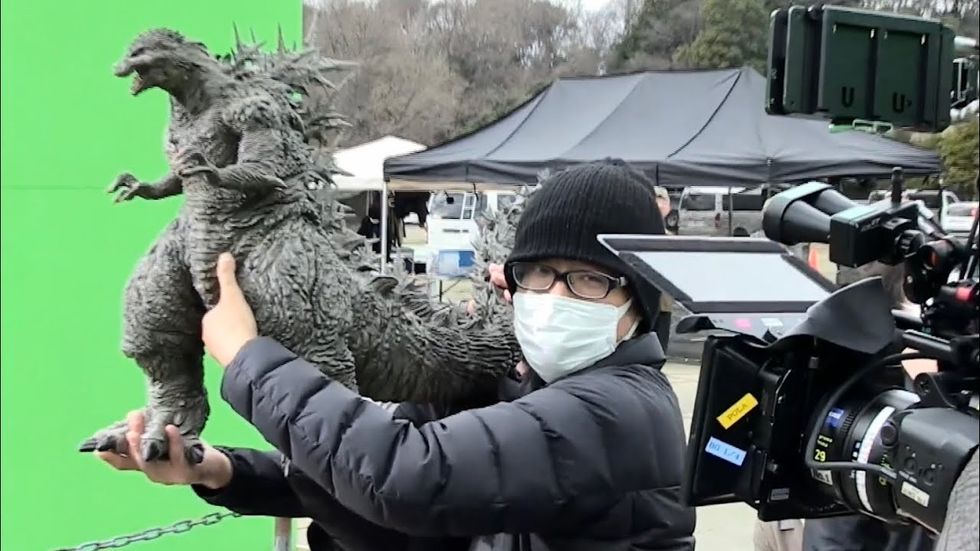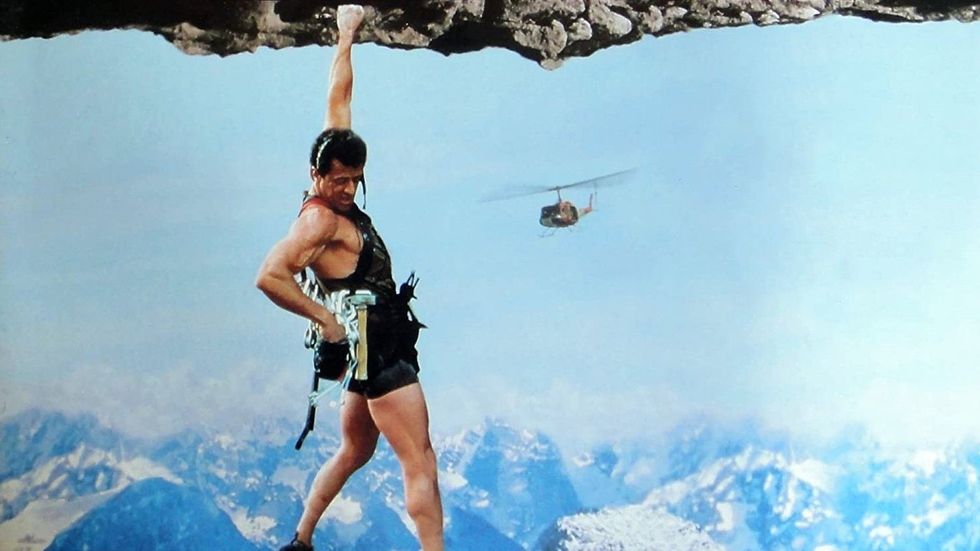5 Ways to Use One Person's Experience to Tell a Bigger Story
"Getting a window into a person’s life can be just as illuminating as reading these stories on a macro level."
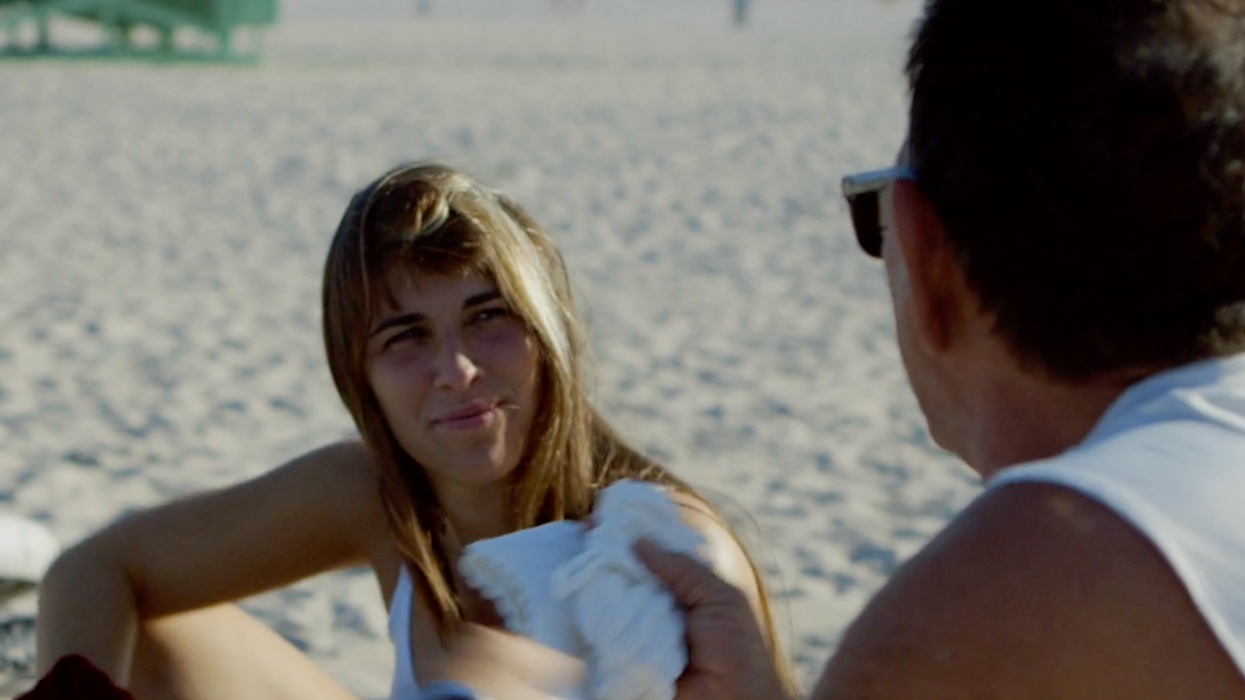
There are many ways to tell a story, but entering a person’s life is always going to be more effective than a series of statistics and impartial talking heads. That’s exactly what filmmaker Alex Mallis set out to do in his colorful portrait for Bureau of Creative Works of a post-embargo Cuban entrepreneur, Victor Bikini. While following state-assigned-worker-turned-bikini-designer Victor as he navigates the changing Cuban economy, Victor Bikini is getting at the larger story of a changing Cuba.
“It’s fairly easy to find writing and content about the larger issue—that’s generally the way in which the New York Times, the Miami Herald, any press outfit would approach a subject like this,” said Alex Mallis in a conversation I had with him for the Bureau. “They talk about the macro implications, all the different players, the Obama administration, the Castro administration, some of the history. But sometimes just seeing the place, hearing the sounds, hearing their voices and what they have to say can be more illuminating."
Compiled from that conversation, I’ve picked the five most useful tips that you should consider when embarking on a single subject of documentary endeavor.
1. Choose your subject well
This is the obvious first step for your project. Who are you looking for? You’ll need to find someone who has the right charisma and ability to articulate their thoughts on camera. And according to Alex Mallis, it doesn’t have to be the stereotypical posterchild for the bigger issue you are addressing. That’s not how he chose Victor Bikini from about seven or eight other potential subjects.
"There was something about Victor," said Mallis. "I think it was a mixture of his charisma—he was just so excited. He would switch between uproarious laughter and down to brass tacks details very quickly, and I admired that. I also saw that he was an older gentleman; he wasn’t a young archetype of an entrepreneur. What’s the very last thing you would imagine this guy doing? Designing bikinis."

2. Tell your subject what you’re up to from the beginning
Unless there is a need for secrecy that’s ethically justifiable, consider telling your subject what larger picture you are trying to paint. When your subject is more clued in, he or she is more likely to give you what you want. Mallis believes that 100% transparency is documentary filmmaking at its best.
"I told [Victor] from the very beginning as much as I could about who I was, what I was interested in, what my goals were," remembered Mallis. "I said, 'I’m interested in your story as a vehicle to understand the larger changes that are coming…I’m interested in following you all observing, asking questions, hearing from you, basically just hanging out for as long as I can to tell your story.' He knew exactly what I meant and I think he saw the potential for a mutual benefit. He knew that if we worked together, not only would I get a good story, but he would get a good story and it could help him and his business."
3. Search for the details
You’re not writing an op-ed; you are trying to paint a visceral portrait of a human being inextricably tied to the world they live in. While shooting, you need to capture stuff that addresses the big issues, but, as Mallis points out, the details can be just as important.
"A particular article on New York Times may not describe the façade of a building or the sound of a car driving down the street," said Mallis, "or the intricacies of a particular transaction or somebody’s day to day life. In my opinion, those details are essential for truly understanding the way a story is playing out."

4. Don’t be afraid to direct
As much as we may be trying to be a fly on the wall, the truth is that a documentary filmmaker with a camera is far from reality. While the last thing you want to do is have your subject stage a scene, Mallis encourages you to recognize that it is important to remember to stop and direct from time to time.
"I was trying to create space for these things that I know they talk about, so they would talk about it when I’m there with a camera to capture it," said Mallis. "Sometimes they’re not simultaneous—sometimes they take turns, so I’ll literally put the camera down on my hip, take a breath and say, 'Okay, so what do you guys think about…?' I’ll really take a moment to process and evaluate the situation and try and come up with a new set of questions, or a new objective or a suggestion for a place we should go, or whatever. As soon as they get rolling, I might turn off that part of my brain and turn on the camera part of my brain. Then I go back to just shooting for the next 30 minutes and am focused on getting the camera right and less focused on what they’re saying."
5. Get started before you can make excuses
Even with preparation, the nature of documentary is always a roller coaster ride. Mallis said that if you treat everything as an exploration, you can get past the first obstacle: getting started.
"One of the biggest pitfalls in documentary filmmaking is waiting till you think you’re 'ready,'" said Mallis. "Waiting till all your ducks are in a row, your subjects have agreed, your locations are released, your outline is prepared, you’ve got a grant, you bought new shoes and your underwear is clean. If you wait for all those things to happen, you’re not going to start. Treat every project as exploratory. If you lower the stakes enough to get your ass out the door, anything is possible."
You can listen to more from Alex Mallis in the full Bureau of Creative Works conversation and watch Victor Bikini here.
